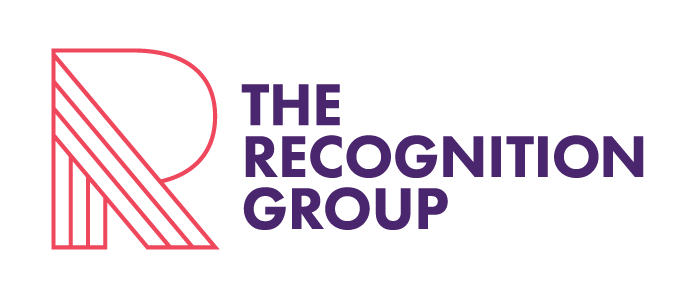Keeping teams engaged in a rapidly changing working landscape
Now that many workplaces have transitioned their employees to work from home indefinitely, keeping teams actively engaged with their work can be challenging.
We are being bombarded with updates about the ongoing crisis. These constant alerts capture our attention from our new home offices, often distracting us from work and adding stress and uncertainty to our workdays.
With all these sources vying for our attention, how can you help your employees stay focused and connected?
Building a new team environment
Many workers that have spent years of their life in an office environment have now been forced to work in isolation and there will understandably be some teething problems.
Letting staff members know that they are still part of a team will encourage more employee engagement. There are many tools you can use to promote a team environment, even virtually. For example:
1. Video calls: many workers will likely struggle without seeing their colleagues, or anyone else, each day. Encouraging the use of video calls for employee interactions, including project briefings and meetings, will add in a much-needed social element and keep staff connected. Being able to see each other face-to-face will let teams have better conversations, as they will be able to pick up on verbal and emotional cues that may be lacking from email correspondence.
2. Collaborative technologies: providing staff with the opportunity to work collaboratively, regardless of their location, can lead to increased productivity as well as employee engagement. Collaborative environments, such as Google Drive or Microsoft Teams, will connect staff in real time and avoid misunderstandings, delays, and errors that may be missed when relying solely on written communication.
3. Messaging applications: the feeling of isolation will be confronting for many people, especially with such a rapid change occurring in both their professional and personal life. Instant messaging apps like Skype for Business and Slack let colleagues communicate freely, often externally to their projects, and can add a much-needed social aspect to the remote working environment.
If team members are struggling with isolation measures and social distancing, chances are they won’t be very engaged in their work. Providing communication channels for team members to stay connected with their peers is just as important as communication coming from management.
If employees aren’t engaged with their work, it’s likely that you will see a drop in productivity leading to challenges down the line when it comes to maintaining business continuity throughout the coronavirus crisis. Engagement, along with open communication from management, will help to mitigate this.
Communicating openly with employees
When it comes to engaging and connecting with employees, internal communication plays a vital role. Communication channels are how you can deliver important company updates and information to your team and can keep them all working towards the same business goals.
Internal communication provides a common link for all employees and keeps them engaged with the business, making sure everyone receives the same information. For previously office-based workers, many companies already have strategies in place to deliver key information to employees. Intranets, apps, e-newsletters, and IM platforms are common among workplaces in Australia.
Using these effectively over the coming months will be key to keeping employees engaged. This means understanding which platforms to use and when, to ensure that the right information gets to the right employees at the right time. Having a clear understanding of your internal communication channels will let you classify information and distribute this in the most effective way:
1. Email and newsletters: key information and updates should be delivered to employees through mass communication channels like emails and newsletters so that each worker has the same information at the same time.
2. Virtual meetings and video: hosting virtual meetings for significant updates can be another way of disseminating business-critical information especially for smaller teams. This lets employees engage directly with management and provide immediate feedback as well as ask any questions. Some organisations may also choose to share video updates from management for clear communication of updates while adding a more personal touch.
3. Apps: if your company uses an app for staff engagement, this can be an effective means of communicating with your remote workers. Posting key updates in the app lets staff engage directly with management by asking questions and commenting in a public forum. Apps that mimic social media platforms can be useful here too, to provide another platform for team members to feel engaged with each other.
Making the most of internal communications tools
Having different tools will only be effective if they are used in the right way so adhering to good communication principles is key. Sharing relevant, timely, and targeted updates through different channels will keep your employees engaged, informed, and, hopefully, at ease. Consider scheduling a weekly team meeting to discuss any questions raised throughout the week and provide an email update on business changes as frequently as needed.
Though your staff will receive an abundance of information from different channels, overcommunicating is still preferable to under communicating. Your employees need to understand what is happening in the business and what it will mean for them, so it is important that you consider employee wellbeing when sharing information. We need to acknowledge that this is a changing world and, while there is no real benefit to being pessimistic, displaying too much optimism could be detrimental and diminish trust among your team members.
Remember to balance out your communications with a healthy focus on positive news, as well as tips and tricks for managing isolation and working from home. The more your employees feel understood and supported, the more likely they are to remain engaged in their work. And, let your team know they can contact you directly to discuss issues or concerns.
By communicating consistently and authentically, you can keep your team positively engaged through this challenging time and build strong foundations for the future.
